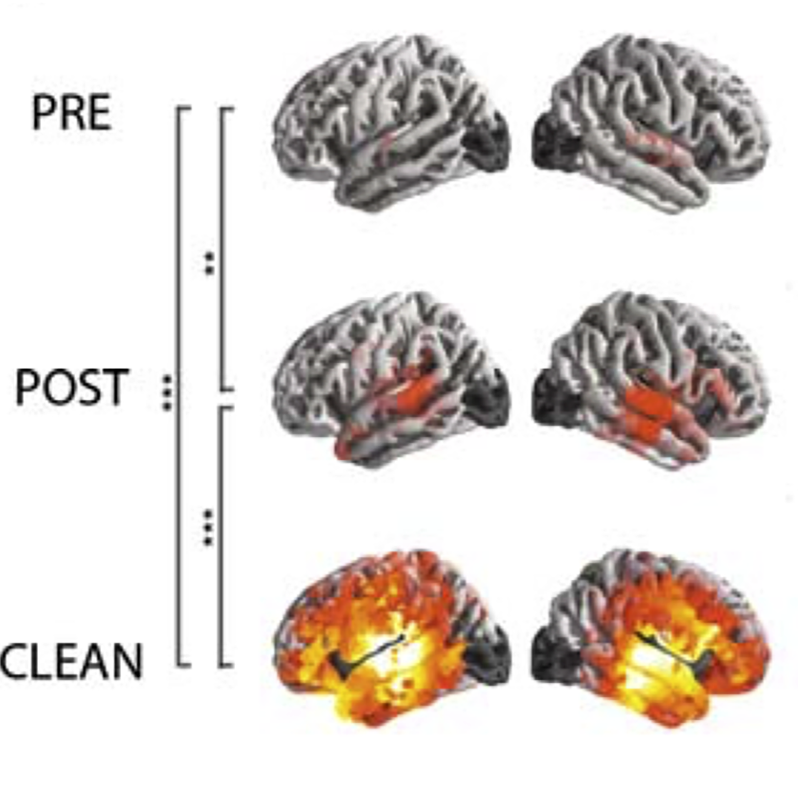News Story
Muro research team explores new treatments of Lysosomal storage diseases

Lysosomal storage diseases (LSDs) are rare inherited metabolic disorders that result from defects in lysosomal function, triggered when a particular enzyme exists in too small an amount or is missing altogether. When this happens, excess products destined for breakdown and recycling instead accumulate in the cell. As a result, these genetic defects impair lysosomal degradation, and this impairment often results in fatal cellular and tissue dysfunctions, such as those illustrated in LSDs.
Although the incidence of LSDs is still relatively low – about 1:2000 live births – the financial burden to families and the health system is overwhelming. The cost of current therapies averages $150,000+/per patient-year and yet, such therapies are mostly suboptimal in alleviating these chronic conditions.
While LSDs account for approximately 50 fatal conditions, they are one of the best examples of genetic diseases for which treatment has become clinically available, according to Silvia Muro, Associate Professor with the Fischell Department of Bioengineering (BioE) and the Institute for Bioscience and Biotechnology Research (IBBR) at the University of Maryland.
One such example of available treatment is that of enzyme replacement therapies (ERTs) by infusion of recombinant enzymes.
Recombinant enzymes are administered via frequent systemic infusions – approximately every two weeks – and require patients to travel to reference centers and endure repeat hospitalizations. This treatment therefore increases cost, risk, and burden to patients.
Additionally, after one decade of its clinical implementation, the success of ERTs by infusion of recombinant enzymes is restricted to few diseases that affect only visceral organs – liver, spleen and kidneys – since injected ERTs access these organs via natural mechanisms of blood clearance.
“This strategy is not practical for most other diseases due to suboptimal enzyme accumulation in other organs, poor transport into tissues across blood-to-tissue barriers, and generation of antibodies against the injected enzymes,” Muro said.
As such, Muro and members of her research team are working toward achieving encapsulatation of recombinant enzymes in protective nanocarriers that are targeted to cell surface markers involved in transport, such as the intercellular adhesion molecule involved in natural blood-to-tissue passage of white blood cells. Their published results using animal models show that enzyme delivery is markedly enhanced throughout the body using this strategy, which they hope will help lessen the burdens patients face and improve the effectiveness of treatment for LSDs. Muro’s patent application on this technology was issued this past November.
In addition to causing cellular and tissue dysfunctions, lysosomal storage appears to alter endocytosis, a cellular process where cells engulf in membranous compartments and subsequently internalize extracellular materials and membrane components.
Many basic functions in the body depend on endocytosis, including uptake of nutrients and signaling molecules by cells, defense against pathogens and toxic substances, and recycling of components located at the interface between the cell and extracellular environment. Endocytosis is also commonly used to achieve intercellular transport of therapeutics, Muro said.
“Endocytosed drug carriers usually traffic to lysosomes, where drugs are released and carriers are expected to be degraded in order to avoid side effects,” she said. “Therefore, lysosomes are key to drug delivery. Lysosomes are also key to cell function including catabolism of macromolecules, recycling of membrane components, and autophagy.”
Whether accumulation of drug carriers – or their component – within lysosomes in cells causes similar disruptions to those observed in lysosomal diseases is yet unknown, Muro said. But, emphasized by Muro’s studies on lysosomal diseases, the field of drug delivery recognizes that this is an important question in understanding – and minimizing – potential side effects of drug delivery systems.
“If we understand for how long carriers or carrier-derived components accumulate in lysosomal compartments in cells and what their effects are regarding lysosomal functioning, we could optimize the design of materials used for fabrication of drug carriers, their clearance within cells, and their dosage and administration regime, while reducing their size effects,” Muro said.
Published January 5, 2015









